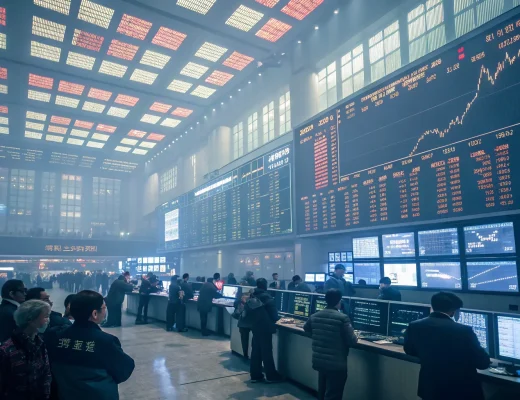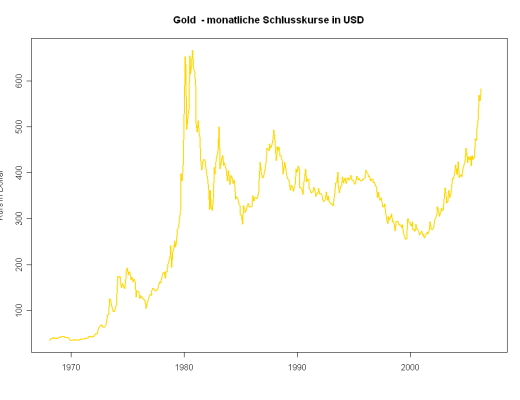OpenAI has released GPT-5, the fifth generation of artificial intelligence technology that powers its ChatGPT service. The launch comes more than two years after the previous versions. Industry experts and competitors are closely monitoring it to gauge whether
generative AI technology continues to advance rapidly or if development has reached a plateau.
The San Francisco-based AI research company’s latest release represents a significant moment for the artificial intelligence sector, as GPT-5’s capabilities may provide insights into the current state and future direction of generative AI development.
Industry Significance and Timing
The timing of GPT-5’s release is notable, occurring after a substantial gap since previous iterations. This extended development period has raised questions about the pace of innovation in generative AI technology, with observers watching closely to determine whether:
- AI development continues to accelerate at previously seen rates
- Technical challenges are slowing progress in the field
- The technology is approaching natural limitations
The release comes
amid increasing competition in the AI sector, with numerous companies developing and releasing their own large language models and generative AI tools. OpenAI, which received significant investment from Microsoft, remains one of the most prominent players in this rapidly evolving market.
Technical Advancements and Capabilities
While specific details about GPT-5’s capabilities were limited in the initial announcement, the new model is expected to demonstrate improvements in several key areas compared to its predecessors. Previous
generative AI model updates have typically shown advances in reasoning ability, factual accuracy, and reduced instances of “hallucinations” – the tendency to generate false information presented as fact.
“The progression from one generation to the next typically involves significant improvements in the model’s understanding, reasoning, and output quality,” said an AI researcher familiar with large language model development. “The industry will be analyzing GPT-5’s performance across various benchmarks to measure its advancement.”
OpenAI’s ChatGPT, which launched to the public in late 2022, helped spark widespread interest in generative AI technology. The chatbot quickly gained millions of users and demonstrated the potential of large language models to generate human-like text, answer questions, and assist with various tasks.
Market Impact and Future Outlook
The release of GPT-5 may have substantial implications for both OpenAI and the broader AI industry. If the new model demonstrates significant improvements, it could reinforce OpenAI’s position as a leader in generative AI development and potentially accelerate adoption of AI tools across various sectors.
Conversely, if improvements are modest, it might signal that generative AI development is becoming more incremental rather than revolutionary, potentially affecting investment patterns and
expectations for the technology’s near-term impact.
Analysts will be watching for how GPT-5 performs in areas where previous models have shown limitations, including complex reasoning tasks, mathematical problem-solving, and maintaining factual accuracy across specialized domains.
The development of generative AI has sparked both excitement about its potential applications and concerns regarding issues such as misinformation, job displacement, and copyright questions. These discussions are likely to continue as the technology evolves.
As companies and organizations evaluate GPT-5’s capabilities, its performance will provide valuable insights into whether generative AI technology is continuing its rapid advancement or whether the field is entering a period of more gradual improvement and refinement.







